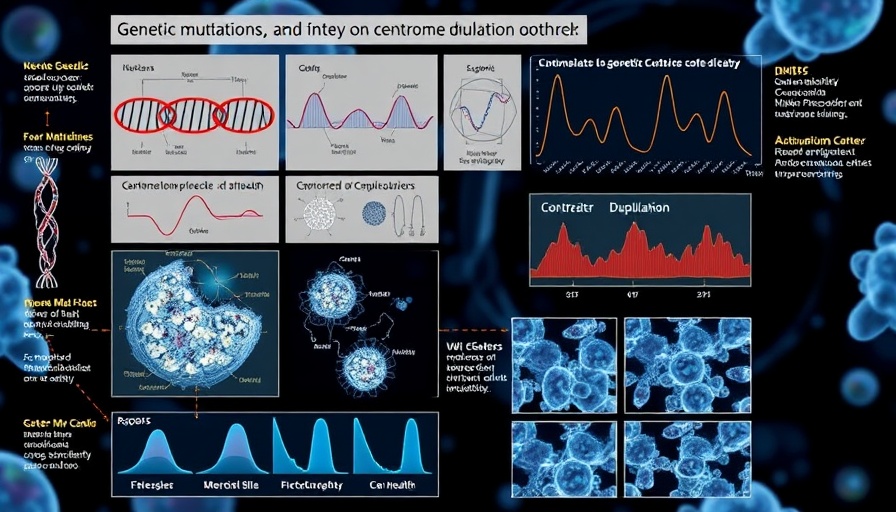
Understanding the Role of Tcirg1 in Osteoarthritis
Osteoarthritis (OA) is more than a degenerative joint disease; it's a complex interplay of biological processes shaping joint health. Recent findings highlight the significance of T-cells and particularly the Tcirg1 gene, which encodes the a3 subunit of the V-ATPase. This research delves into how Tcirg1 deficiency can alter the progression of OA, offering a beacon of hope for therapeutic strategies aimed at managing this widespread ailment.
The Mechanisms Behind Osteoclast Function
The osteoclasts play a crucial role in bone remodeling, a fundamental process affecting the health of joints. The Tcirg1 gene regulates lysosome acidification, which in turn affects osteoclast activity. According to the research, the expression of Tcirg1 significantly increases alongside osteoclast activity in individuals suffering from OA. This linkage signifies a potential pathway for interventions targeting OA through cellular mechanisms. By impairing lysosome function, Tcirg1 deficiency can slow down joint damage—acting as a natural brake on OA progression.
Potential Therapeutic Implications
If Tcirg1 is pivotal in regulating osteoclasts and lysosomal function, therapeutic strategies could focus on enhancing or mimicking its activity. Current conversations around cellular rejuvenation and regenerative medicine also underline potentiating cellular health. Stem cell therapy, along with molecules that enhance mitochondrial function, could serve as adjunct therapies to augment the processes altered by Tcirg1 deficiency. As researchers continue to zero in on the biological basis of OA, utilizing such insights could revolutionize treatment pathways.
Broader Context: The Importance of Cellular Health
Understanding the mechanisms of cellular rejuvenation transcends OA treatment. Health-conscious individuals can benefit from the broader implications of such research in maintaining youthfulness and energy levels. Autophagy, the body's way of cleaning out damaged cells, has its roots in cellular health, shedding light on how practices such as NAD+ boosters and anti-aging methodologies can contribute to well-being. Insights from Tcirg1 research hint at the interconnectedness between joint health and overall vitality, a compelling area for further investigation.
Join the Fight Against Osteoarthritis
The findings from this research not only open doors for potential new treatments targeting Tcirg1 but also encourage deeper engagement in our health practices. With growing interest in regenerative medicine and cellular rejuvenation strategies, considering how lymphocyte activity and osteoclast regulation fit into our broader health strategies is imperative. By embracing advancements in cell health, individuals may not only support their joints but also enjoy enhanced overall vitality.
Incorporating these insights into everyday life could pave the way for innovative approaches to mitigate the effects of aging on cellular function and joint health. It’s time to think critically about how we address not just symptoms, but the underlying cellular processes that dictate our overall health.
 Add Row
Add Row  Add
Add 




Write A Comment